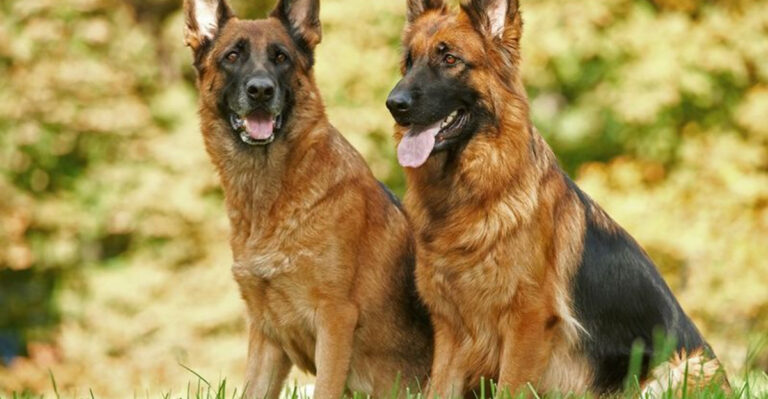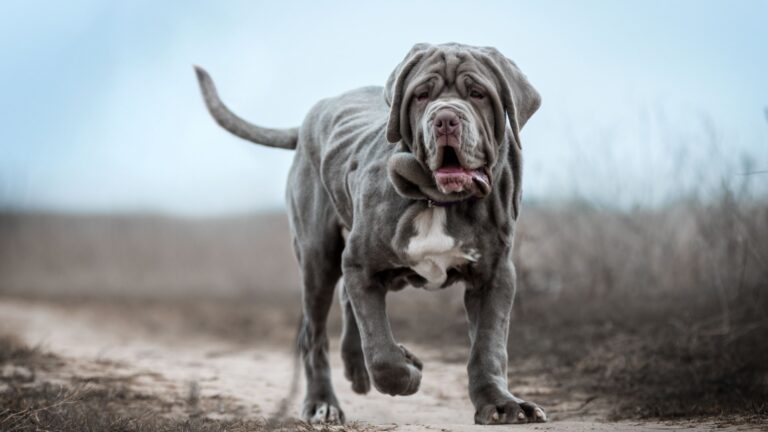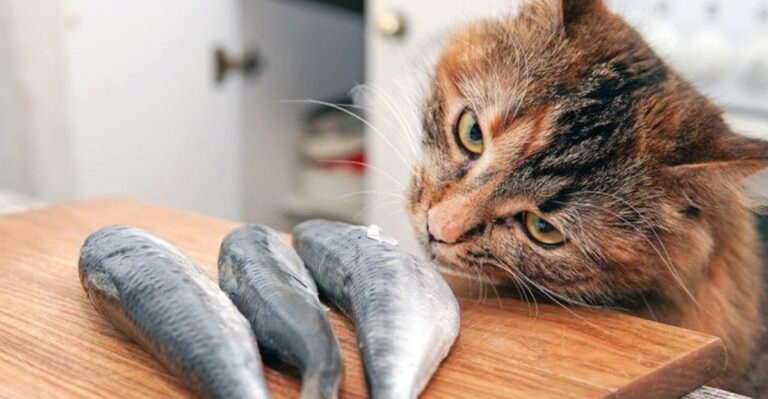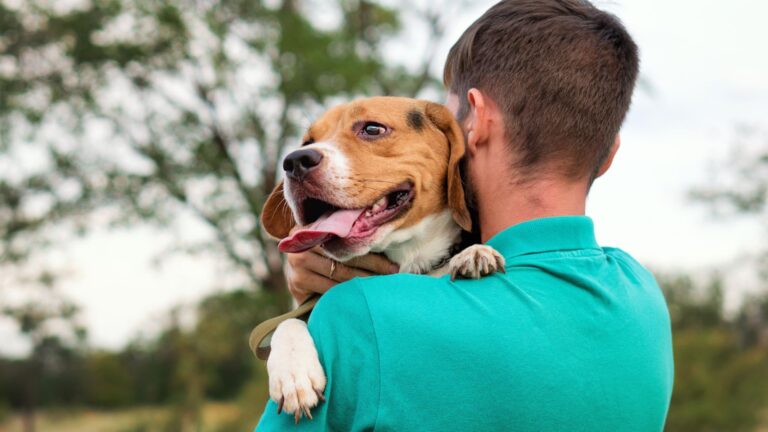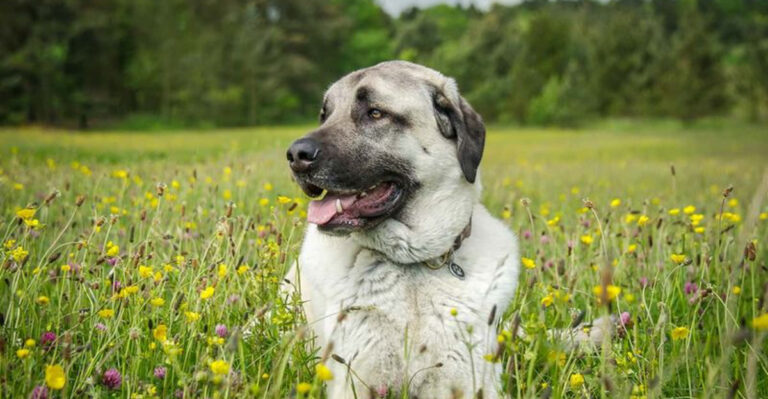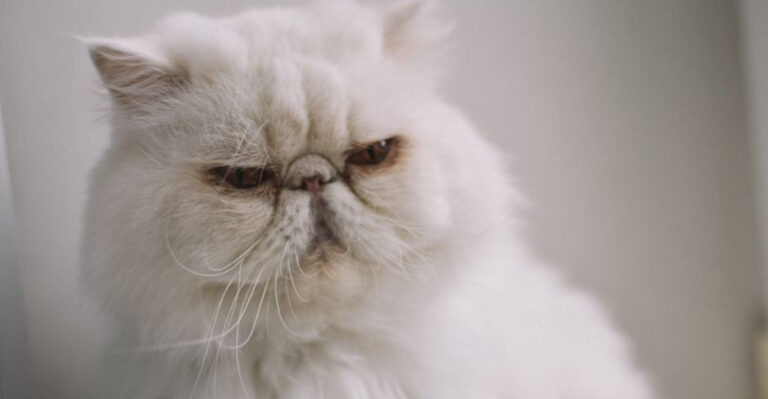15 Animals Created By Humans Through Breeding (And Where They Came From)
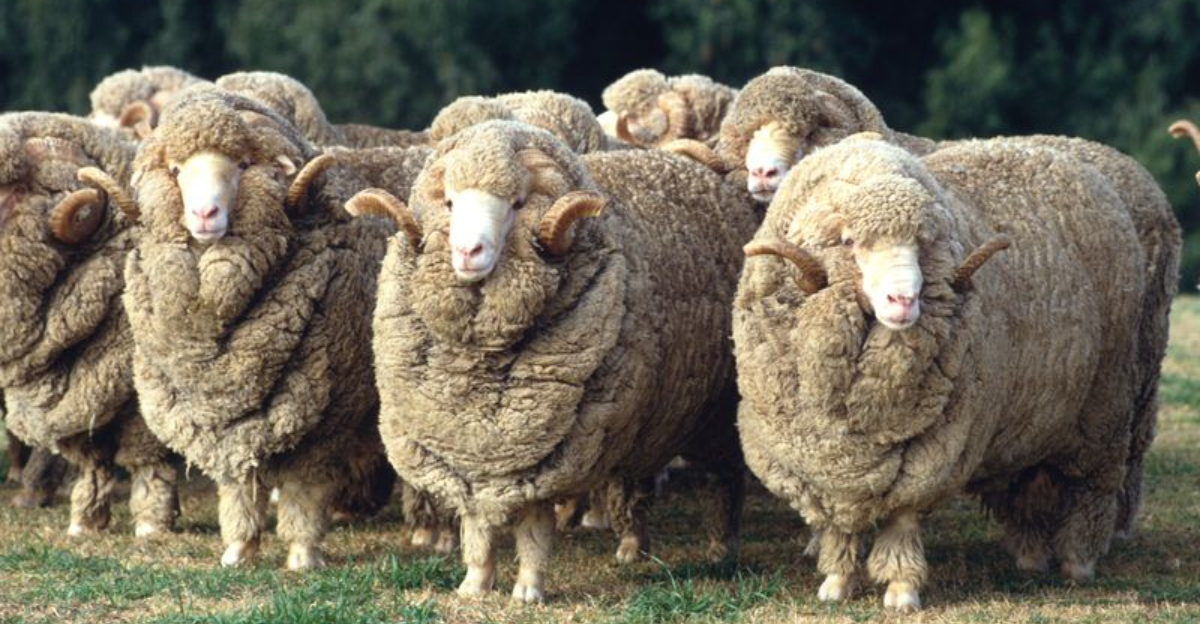
Throughout history, humans have selectively bred animals to enhance certain traits for specific purposes. This process, called selective breeding, has given us many animals that wouldn’t exist in nature.
From fluffy lapdogs to massive farm animals, these creatures showcase our ability to shape other species according to our needs and desires.
1. The Fluffy Cloud That Barks
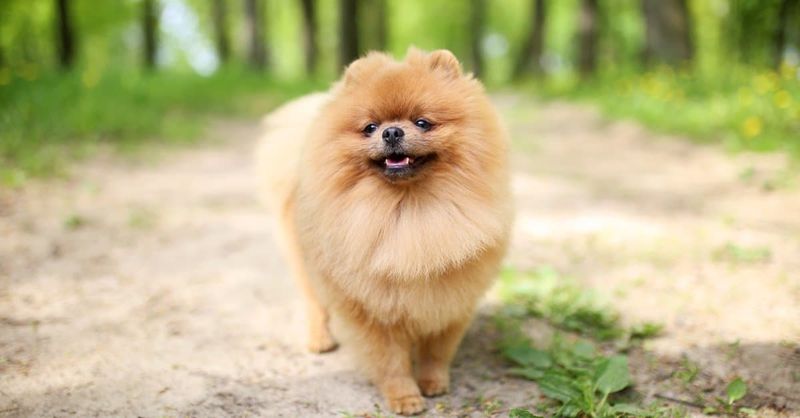
Ever seen a cotton ball with legs? That’s basically a Pomeranian! These pint-sized pooches descended from large Arctic sled dogs weighing up to 30 pounds.
German breeders in Pomerania (now part of Poland) systematically shrunk these working dogs down to toy size in the 1800s. Queen Victoria fell in love with them, making them a royal fashion statement across Europe.
2. The Gentle Giant Of The Barnyard
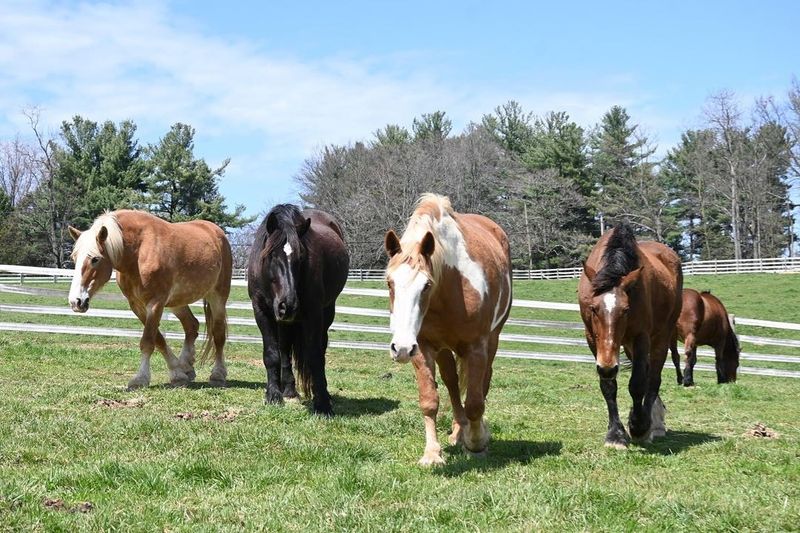
Towering over their wild ancestors, Belgian Draft horses stand as monuments to human agricultural ingenuity. These gentle behemoths trace their lineage to the prehistoric forest horses of northern Europe.
Medieval farmers in Belgium selectively bred the strongest, calmest horses for farm work and warfare. A single Belgian can pull twice its body weight – over 4,000 pounds – making them living tractors before machines existed.
3. The Impossible Orange
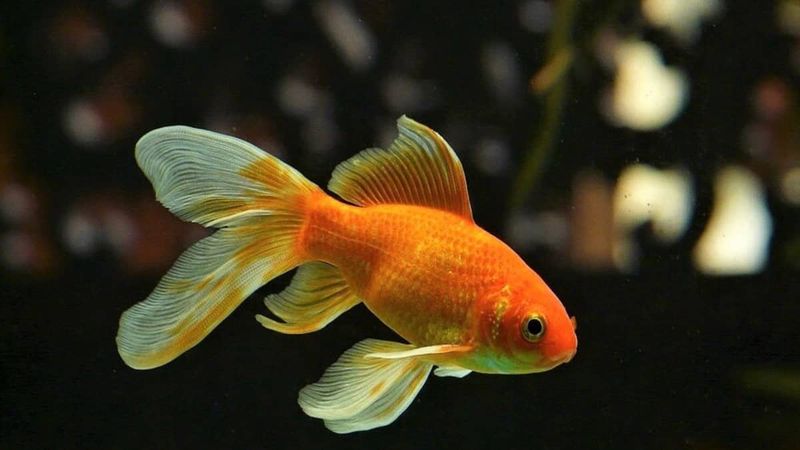
Goldfish weren’t always the carnival prize we know today. They started as ordinary silver-gray carp in ancient China, where a rare genetic mutation occasionally produced a golden-orange fish.
During the Tang Dynasty (618-907 CE), Chinese breeders isolated these golden oddities, selectively breeding them in ornamental ponds. Over centuries, they developed the fantastical varieties with bubble eyes, fan tails, and other features that would never survive in the wild.
4. The Naked Cat Phenomenon
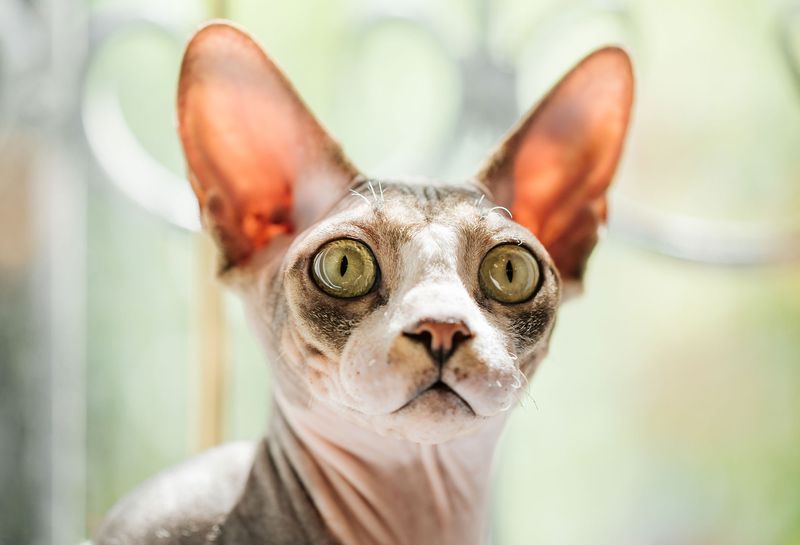
Looking like something from another planet, Sphynx cats resulted from a natural genetic mutation in Toronto, Canada in 1966. A regular domestic cat gave birth to a hairless kitten named Prune.
Cat fanciers were captivated by this strange-looking feline and deliberately bred from this mutation. Despite their alien appearance, Sphynx cats are surprisingly warm to the touch and need regular baths since they have no fur to absorb skin oils.
5. The Wiener Dog Wonder
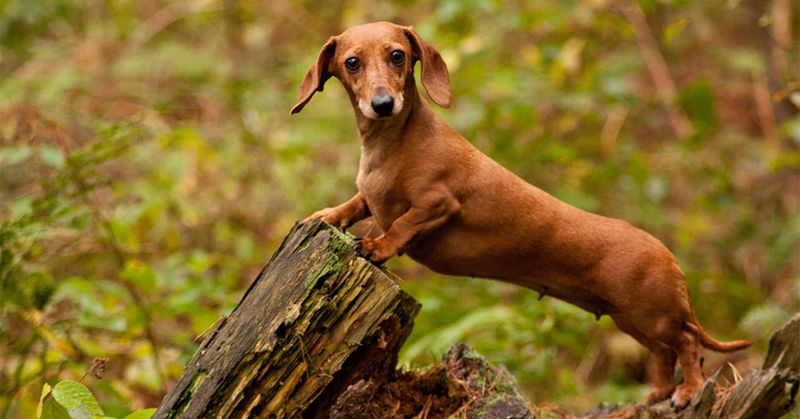
With a body like a submarine on stubby legs, Dachshunds were engineered for a surprising purpose – badger hunting! Their name literally means “badger dog” in German.
German foresters in the 16th century needed a fearless dog that could follow burrowing animals underground. They created these elongated hunters by crossing terriers with hounds, producing a dog brave enough to face badgers but small enough to fit into tight tunnels.
6. The Woolly Cash Cow
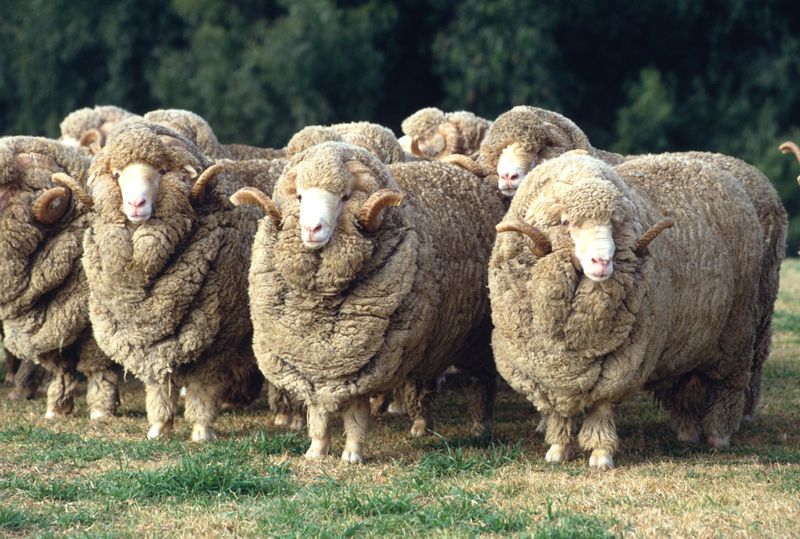
Imagine sheep producing enough wool for 50 sweaters in a single shearing! Modern Merino sheep bear little resemblance to their wild ancestors, with skin folds creating more surface area for wool growth.
Spanish shepherds began developing these wool-producing machines in the 12th century. The breed was so valuable that exporting them was a capital crime until 1786, when the Spanish king gifted several to the Dutch, launching a global wool revolution.
7. The Perpetual Kitten
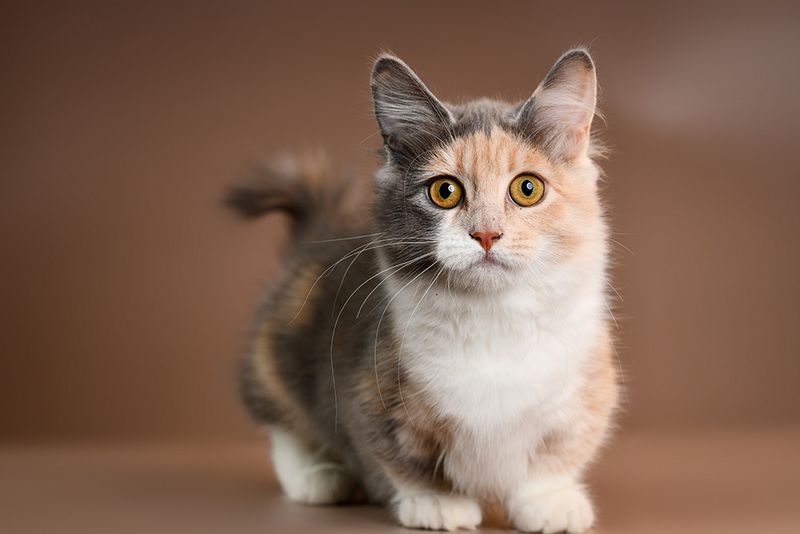
Munchkin cats appear to have been Photoshopped with short legs, but they’re entirely real. The genetic mutation behind their stubby legs was first noticed in Louisiana in the 1940s.
A pregnant stray named Blackberry, with short legs, gave birth to kittens who inherited the same trait. Despite health concerns, Munchkins were officially recognized in 1994.
8. The Living Garbage Disposal
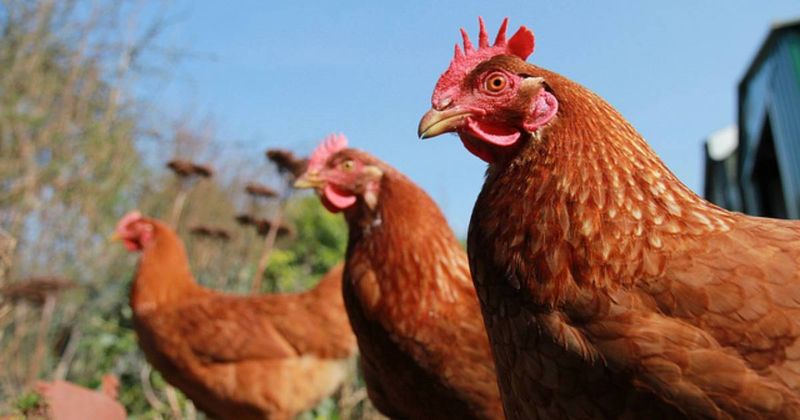
Talk about supersizing! Modern broiler chickens grow to market weight in just 47 days – less than half the time it took in the 1950s. These poultry powerhouses convert feed to meat with astonishing efficiency.
After World War II, farmers and scientists launched the “Chicken of Tomorrow” contests, breeding birds with meatier breasts and faster growth. The resulting chickens are biological marvels that grow so quickly their legs sometimes can’t support their massive bodies.
9. The Pint-Sized Party Animal
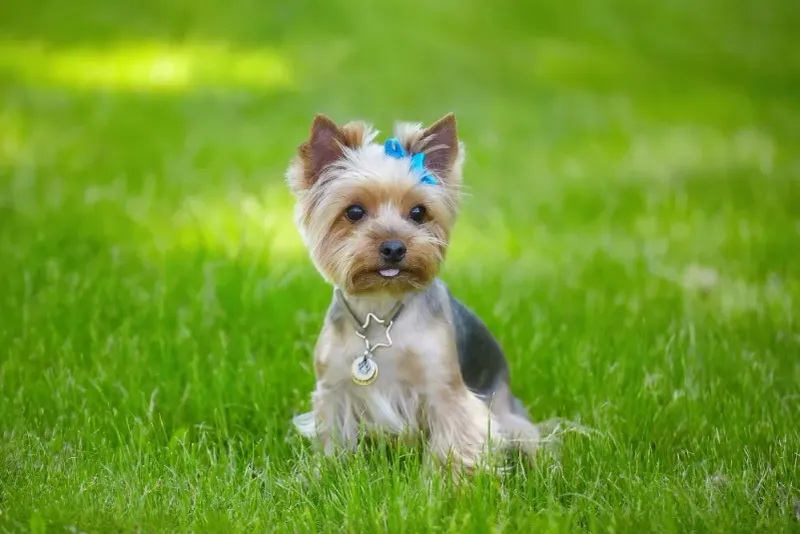
Smaller than your coffee cup as puppies, teacup Yorkshire Terriers are living fashion accessories that began as working-class rat catchers in Victorian England. Original Yorkies weighed around 15 pounds – five times larger than today’s tiniest specimens!
Factory workers in Yorkshire bred small, fierce terriers to hunt rats in textile mills. As these dogs moved from the factory floor to fancy parlors, breeders selected increasingly diminutive pups, creating the pocket-sized companions celebrities adore today.
10. The Butterball Revolution
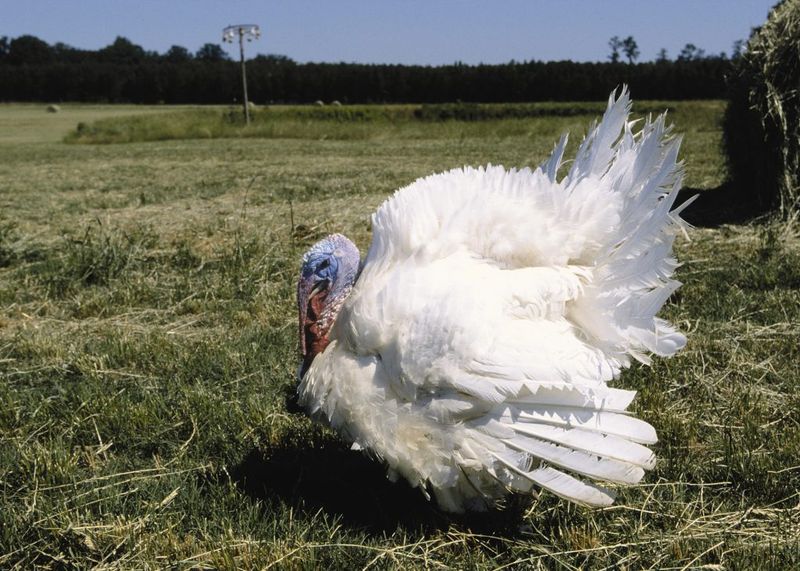
Wild turkeys are agile birds, capable of flying up to 55 mph, while domesticated turkeys struggle to even waddle. Native Americans began domesticating them around 800 BCE.
Europeans later selectively bred them for meat production, leading to today’s commercial turkeys. These birds now have such large breast meat that they can’t fly or mate naturally, relying on artificial insemination for reproduction.
11. The Squashed-Face Internet Star
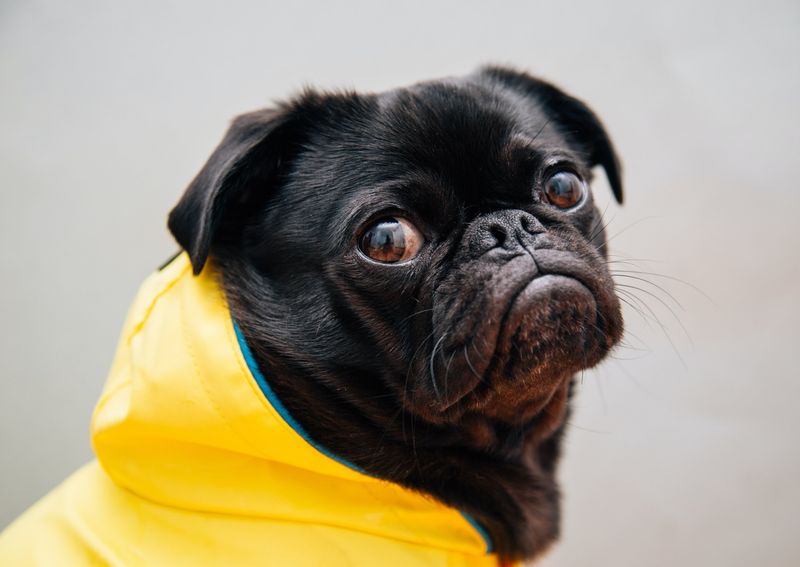
The snorting sounds from pugs and bulldogs aren’t so cute when you realize they struggle to breathe. These flat-faced dogs were bred for increasingly compressed faces.
Ancient Chinese emperors favored short-nosed dogs as companions, while bulldogs were bred for bull-baiting in Europe. Today, many brachycephalic breeds require surgery to breathe properly.
12. The Impossible Vegetable Dog
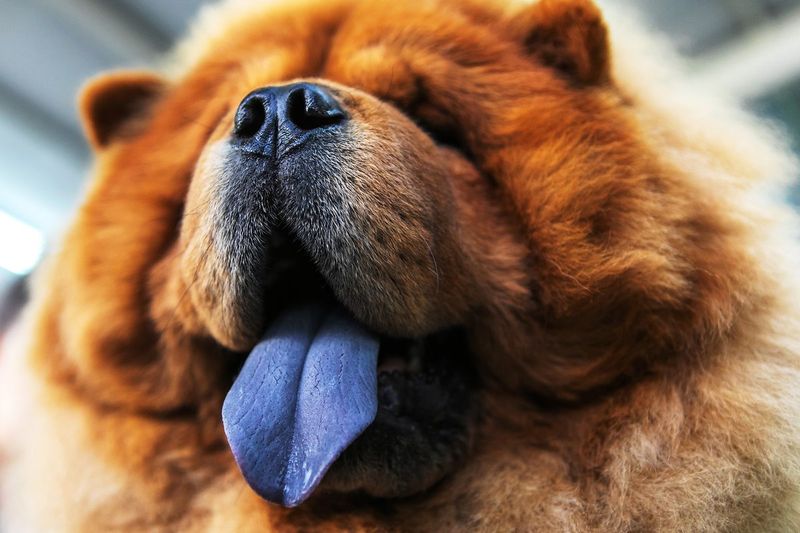
Chow Chows have a unique blue-black tongue, found in no other dog breed. Originating over 2,000 years ago in ancient China, they were used as hunting companions and temple guardians.
Their blue tongues, straight back legs, and dense coats resulted from centuries of isolated breeding. DNA studies reveal Chows are among the oldest dog breeds, closely related to the first domesticated wolves.
13. The Spotted Speed Machine
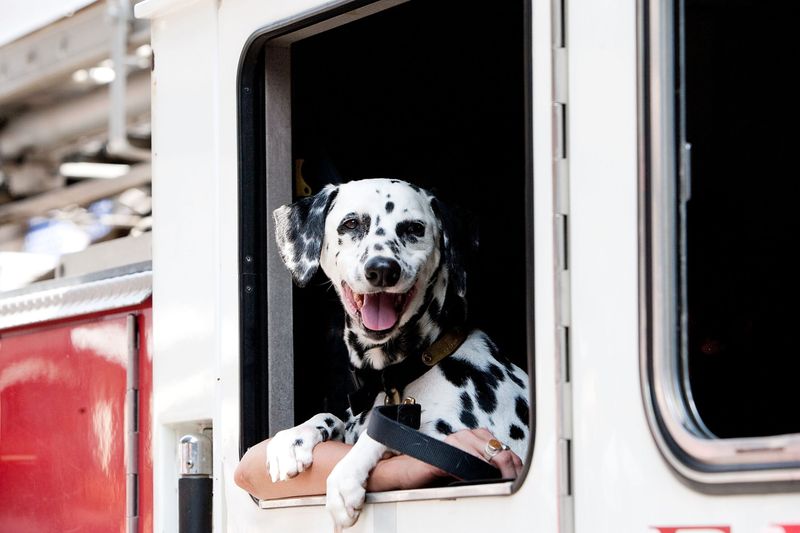
Dalmatians were originally bred as the world’s first mobile emergency lights, running alongside horse-drawn fire carriages in the 1700s. Croatian nobles first used them as hunting dogs, and their bond with horses made them ideal carriage dogs for English aristocrats.
American firefighters later adopted them as mascots, using their distinctive appearance to signal approaching fire wagons. The spots on their coats remain a reminder of their unique role in history.
14. The Udder Marvel
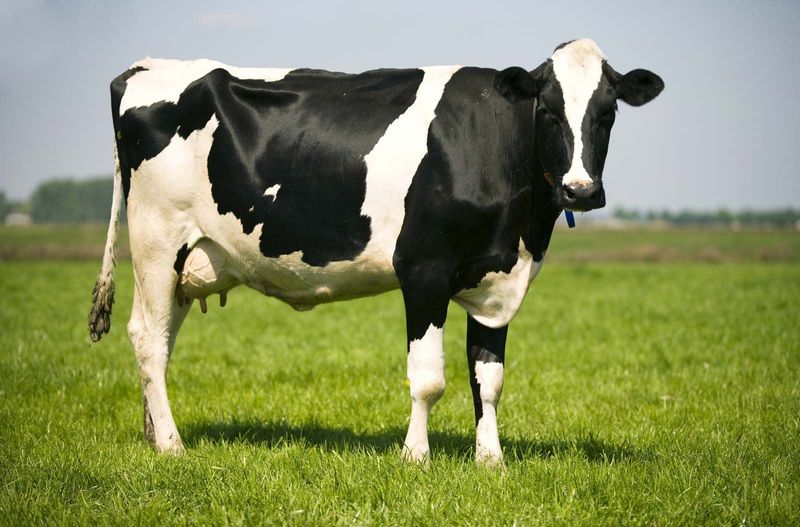
Modern dairy cows are milk-making marvels that produce up to 20,000 pounds of milk annually – nearly ten times what their ancestors gave! These black-and-white Holstein milk machines originated in the Netherlands centuries ago.
Dutch farmers selectively bred the most productive cows, creating animals with udders so enormous they sometimes need supportive harnesses. A single modern Holstein produces enough milk for 350 people, but these biological milk factories typically burn out after just 3-4 years of production.
15. The Micro-Pig Phenomenon
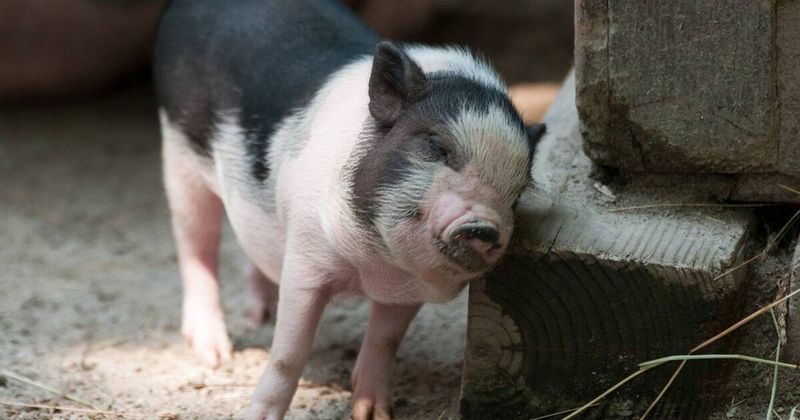
Teacup pigs, often marketed as tiny pets, are actually a myth rather than a true breed. These miniature pigs are potbellied pigs sold as babies with exaggerated claims about their adult size.
Imported to Canada in the 1980s as exotic pets, breeders selected the smallest pigs and sold underfed offspring as “teacups.” In reality, even the tiniest potbellied pigs grow to over 100 pounds, far from the promised 35-pound size.

